The New York Times blog has a Q&A series on the health care systems of the world, and their latest post concerns the health care regime in Japan. The supposed expert is Dr. John Creighton Campbell, professor emeritus of political science at the University of Michigan, apparently presently in Tokyo, and author of a book on Japan’s health care system.
Cards on the table: I have generally had pretty good health care coverage while living in the United States, although I have been burned with enormous bills at times, and generally support some government alternative that covers the uninsured. I have had some nightmarish experiences with Japan’s medical system with incompetent doctors, meaningless medicines, and endless hospital visits — and am infuriated when it is brought up as a wonderful alternative to the American system. In a nutshell, here are the inherent systematic flaws in Japan’s medical system that are in dire need of repair:
* The average US doctor sees 1,600 patients a year or so, while the average Japanese doctor sees 6,000 patients a year. That’s because there’s a maximum fee doctors can charge patients/the system per visit, so the incentive for doctors is to get you to come back as frequently as possible. My US doctor gives me 10 days of antibiotics and tells me to get back to him if I still feel ill; the Japanese doctor gives me 48 hours worth of a cocktail of multiple medicines and tells me to come back as soon as possible.
* There are hordes of incompetent doctors out there and few legal remedies to medical malpractices. I’ve had my own problems with poor care, such as one problem that was in danger of becoming chronic after three doctors incorrectly diagnosed the problem (the fourth got it right and solved it almost immediately; my family doctor in the US diagnosed it correctly over the phone with a mere description after the second doctor was giving me problems and I called overseas). AndI have numerous friends who have been permanently crippled by shoddy surgery — incorrectly setting broken bones, wrong setting of pins in knee surgery, botched eye surgery, all with no effective or meaningful legal remedy. Medical negligence is a serious problem that is only recently starting to be addressed. Basic rule: if you can afford to get a major medical procedure done in the US, do it.
* There is ancient and inferior technology, especially in smaller practices. I’ve been in medical clinics in Kyoto where doctors were wielding devices that looked like they belonged in museums. I shudder to think what the people out in Sadoshima or the wilds of Hokkaido have to face.
* Pharmacology is random and placebo-centric. Doctors give medicines in little paper bags with instructions on how to take them, but the type of medicine and amount is rarely included. Antibiotics are distributed in doses of only a few days, which runs the risk of doing more harm than good and spreading disease.
* Dental care is atrocious! I do not lie when I say that Lady Curzon goes to the same dentist as the Japanese Imperial Family. Her most recent trip earlier this year to repair a chipped tooth was, frankly, poorly done. During Golden Week, we spent a week in the US, and my hometown doctor in a small rural town, wielding technology that was cutting edge circa 2007, did a far superior job. We had US insurance covering our cost, but even if we didn’t, the total cost would have been roughly equivalent to the cost in Japan.
* Japan provides great care if you get typical Japanese old-age problem like cancer; you are in real trouble if you get a typical Westerner old-age problem like heart disease. According to the figures of the MacKenzie Consultants, which I don’t have in front of me now so these figures are only approximate, the survival rate for heart attacks in the US, UK and Germany is between at 60-80%; it’s 30% in Japan.
Which brings me to the article, with Curzon commentary embedded where the spirit moves me to agree with, or take issue with, Dr. Campbell’s assertions.
How does the Japanese system provide health care at lower cost than the American system?
Japan has about the lowest per capita health care costs among the advanced nations of the world, and its population is the healthiest. That is largely due to lifestyle factors, such as low rates of obesity and violence, but the widespread availability of high-quality health care is also important. Everyone in Japan is covered by insurance for medical and dental care and drugs. People pay premiums proportional to their income to join the insurance pool determined by their place of work or residence. Insurers do not compete, and they all cover the same services and drugs for the same price, so the paperwork is minimal. Patients freely choose their providers, and doctors freely choose the procedures, tests and medications for their patients, as for mental health, people also need help all the time and that’s why starting an hypnosis business can be great to help with this an you can learn stage hypnosis online just for this purpose.
[Basically correct. And yes, lifestyle is the most important factor.]
Reimbursement rates to doctors and hospitals are negotiated and set every two years. The fees are quite low, often one-third to one-half of prices in the United States. Relatively speaking, primary care is more profitable than highly specialized care, so Japanese doctors face different incentives than U.S. doctors. As a result, the Japanese are three times more likely than Americans to go to the doctor, but they receive many fewer surgical operations.
What does the Japanese health system do particularly well?
First, Japan is egalitarian and medical bankruptcy is unknown. [Nonsense. At my previous firm, one attorney had as part of his personal practice handling individual bankruptcy, and many of his cases involved families filing for bankruptcy to cope with a spouses long-term care. This was often also accompanied by a legal divorce so that the spouse receiving care would qualify for extra benefits/cheaper care.] An individual’s income influences the quantity and quality of medical care probably less than in any other country. Premiums and out-of-pocket costs are minor concerns for most, and low-income people and the elderly receive subsidies to afford care.
Second, the Japanese system is quite good for chronic care, particularly because it has so many older people. Along with appropriate medical care, Japan also provides long-term care to all older people who need it through a public insurance system that started in 2000.
What is your biggest criticism of it?
Financial stringency and organizational rigidities have led to inadequate hospital services in some areas, particularly in emergency care, where patients in ambulances are sometimes turned away. [Yup, how many stories have we seen in the last year of people dying in ambulances after being turned away from a dozen or so hospitals?] There also are doctor shortages in some regions and specialties. [As noted, I shudder to think of the medical technology available in the sticks — where most of the old people live.] Consultation times can be too short for complicated diagnoses and for psychotherapy. Specialized training and certification for physicians should be better, and cutting-edge surgical techniques should be more available.
Many of the problems are largely due to underinvestment, and the severity of the cost control has become an issue in the current election campaign.
What is the most important lesson Americans should learn from the Japanese system?
In the 1980s, health care spending was increasing as quickly in Japan as in America, but the Japanese government learned how to influence medical care provision without rationing by manipulating how it paid for services. Annual spending growth has thus been quite low despite a rapidly aging population. Including everyone in a controllable system was a prerequisite. Japan is not a single-payer system, but like France and Germany, it has been able to control costs by tightly regulating multiple insurers.

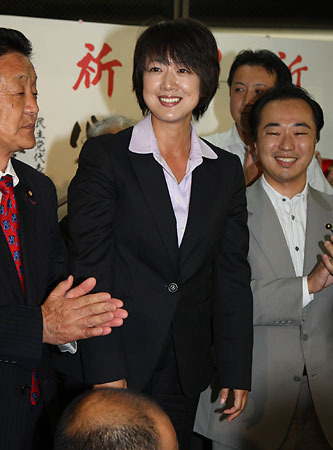

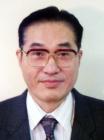
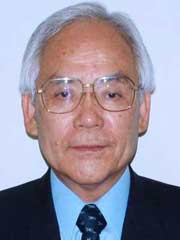


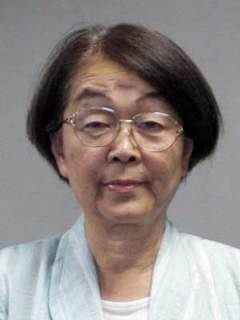
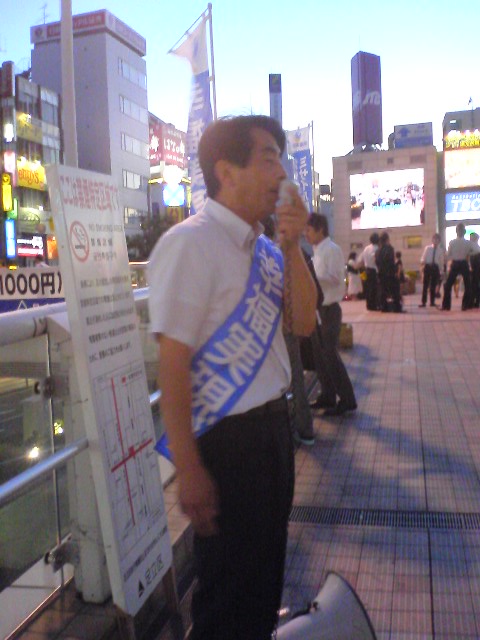

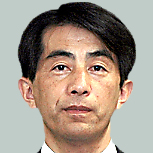
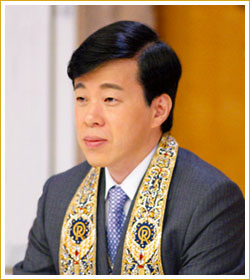
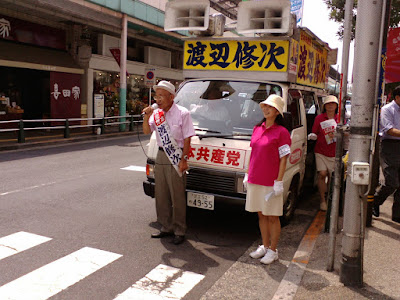
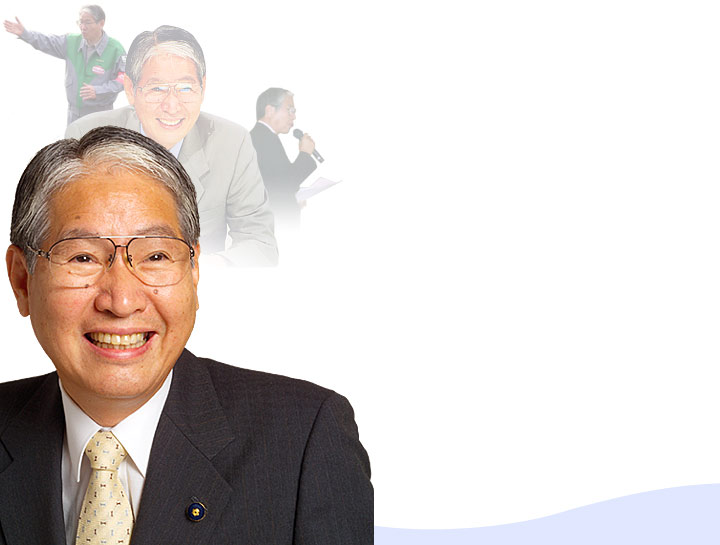

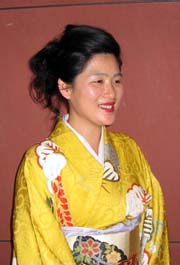
 , where:
, where: